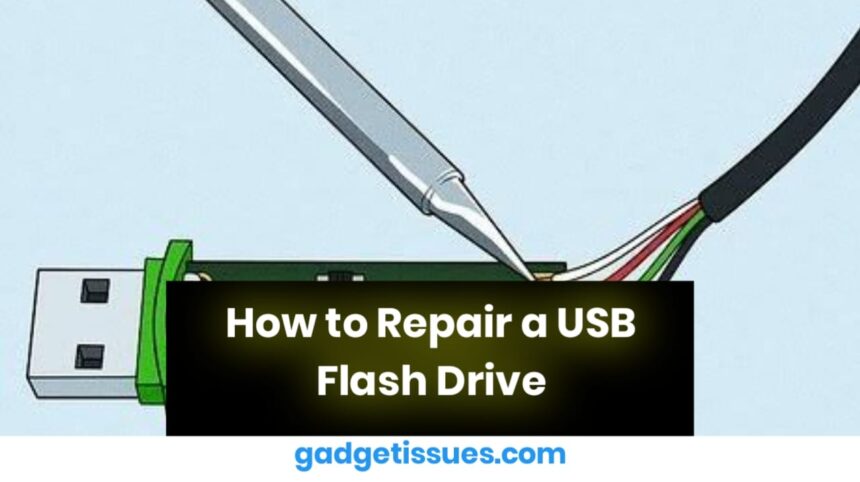USB flash drives are essential for quick data transfer and backup, but they can sometimes become unreadable, corrupt, or physically damaged. Fortunately, depending on the issue, many flash drives can be repaired without professional help. Here’s how to identify the problem and try fixing it.
1. Check the USB Port and Cable
Start by testing the flash drive in different USB ports or on another computer. A faulty USB port or extension cable could be the problem. If the drive works elsewhere, the issue is likely with your hardware and not the drive itself.
2. Use Disk Management to Detect the Drive
If the USB isn’t showing up in File Explorer, check Disk Management:
- Press
Win + X→ Select Disk Management - Look for the USB drive in the list of volumes If needed, follow this Microsoft Disk Management guide.
- If it shows as “unallocated” or without a drive letter, assign one manually
If needed, follow this Microsoft Disk Management guide.
3. Repair File System Errors
If the USB is detected but inaccessible, you may have file system errors. Use the built-in Windows repair tool:
- Open Command Prompt as Administrator
- Type:
chkdsk X: /f(replace X with your USB drive’s letter) - Hit Enter and wait for Windows to fix file system issues
More details on the chkdsk command can be found here.
4. Format the USB Drive (If Data Is Not Needed)
If the USB is still unreadable and data recovery isn’t a concern, try formatting the drive:
- Right-click the drive in File Explorer → Format
- Choose FAT32 or exFAT (for compatibility with most systems)
- Uncheck “Quick Format” for a deeper clean
If the format tool fails, try using HP USB Disk Storage Format Tool, which can fix deeper-level formatting issues.

5. Recover Data Before Formatting (If Needed)
If your USB contains important files, try using a data recovery tool before formatting:
- Always save recovered data to a different device to avoid overwriting
6. Physical Damage: When to Replace
If your USB flash drive is physically cracked, bent, or has a broken connector, it’s best to avoid DIY soldering unless you have experience. In such cases, professional data recovery may be the only solution—though it can be costly.
Conclusion
Repairing a USB flash drive depends on the root cause—software corruption, connection issues, or physical damage. Start with basic troubleshooting like changing ports, running chkdsk, or reformatting. If all else fails, you may need to recover data or replace the drive. By acting quickly and carefully, you can often avoid permanent data loss and keep your device in working order.
Also Read : Installing a Mac SSD into an OWC Envoy Pro Enclosure: A Step-by-Step Guide







